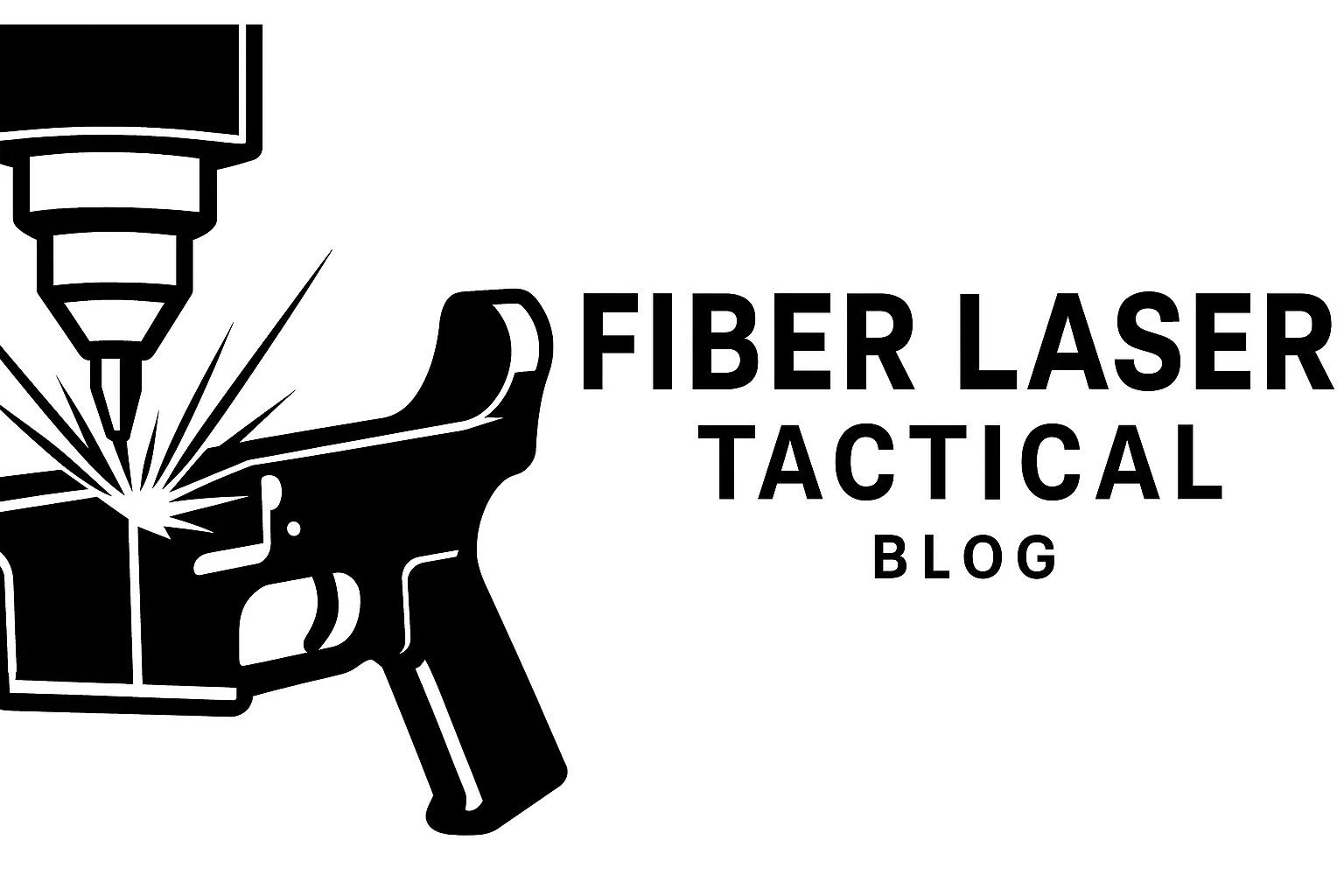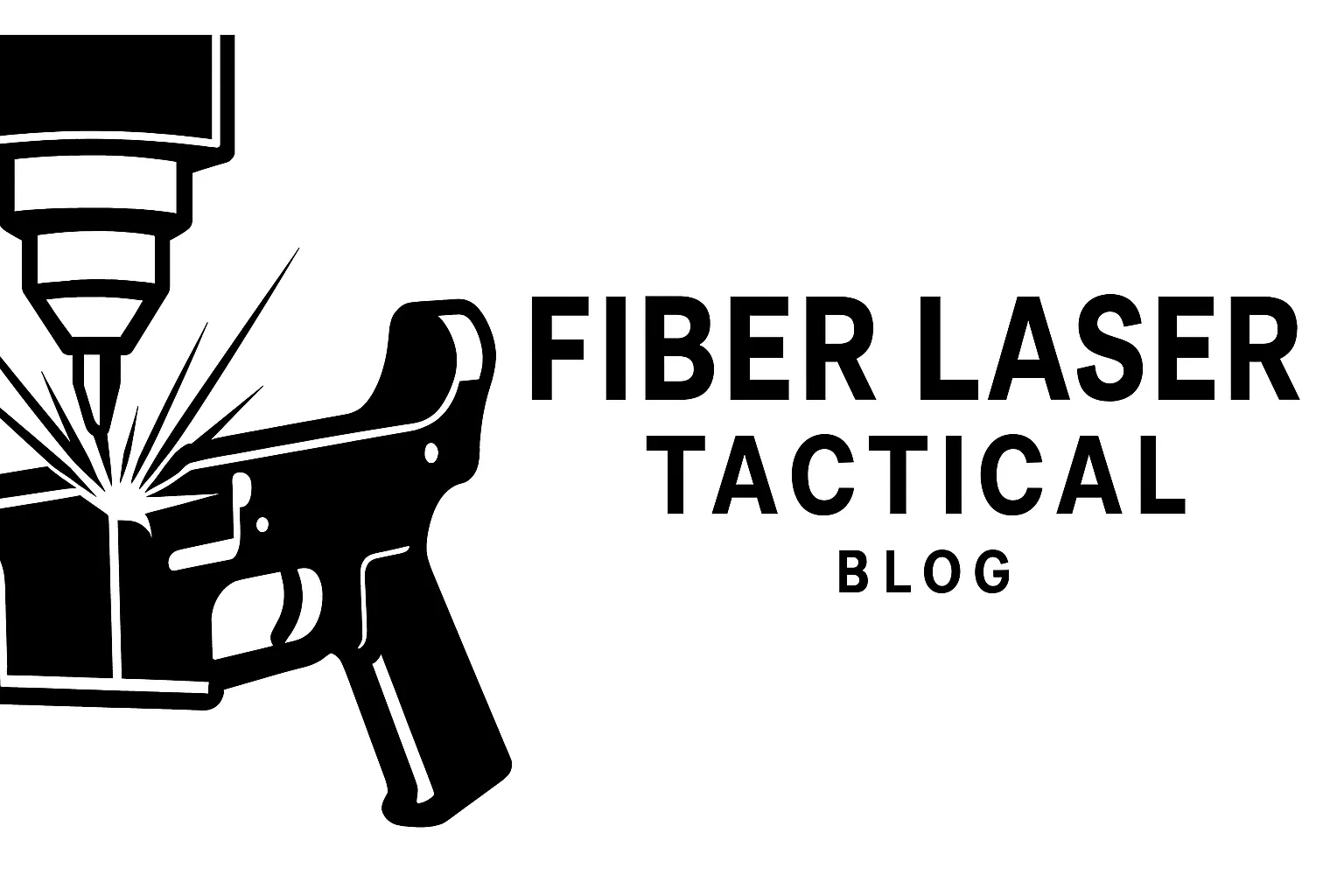Flat surfaces are simple—but once you start engraving cylindrical items like suppressors, barrels, flashlights, or cups, you enter the world of rotary engraving. Done right, it unlocks a whole new level of precision and professionalism.
🧭 What Is Rotary Engraving?
Rotary engraving uses a rotary axis attachment to rotate the object while the laser engraves, ensuring the mark stays consistent around curves.
Perfect for:
- Suppressors
- Barrels
- Mag tubes
- Tumblers and drinkware
- Pipes or custom cylindrical tools
🧰 What You Need
1. Rotary Attachment
There are two main types:
- Chuck-style (like a lathe): best for precise or smaller parts
- Roller-style: better for larger items like tumblers or flashlights
2. Software Support
Make sure your laser software supports rotary mode. In EZCAD, enable “RotaryMark” in parameters. In LightBurn, toggle “Rotary Setup” under tools.
3. Correct Setup
- Align your rotary parallel to the laser bed
- Center your object’s engraving area
- Focus carefully on the highest point of the curve
⚙️ Key Settings to Adjust
| Setting | Tip |
|---|---|
| Start angle | Where your mark begins |
| Split size | Controls how laser divides curved marks |
| Rotation speed | Slower = more precision |
| Object diameter | Must be accurate or spacing will be off |
🧪 Pro Tips
✅ Use a test cylinder to dial in your settings before marking real items
✅ Always tighten the object securely to avoid slippage
✅ When marking on barrels, ensure serials are on the visible side
⚠️ Common Mistakes
❌ Forgetting to enable rotary mode = warped text
❌ Using the wrong axis = misalignment
❌ Incorrect diameter = distorted images or fonts
🔚 Wrap-Up
Rotary engraving may seem intimidating at first, but once it’s dialed in, it opens the door to professional-level markings on parts most shops avoid. Take your time, double-check your setup, and test often.
Next up:
🔜 “Fiber Laser Maintenance: Tips to Keep Your Machine Running Like New”


Leave a Reply
Your email is safe with us.